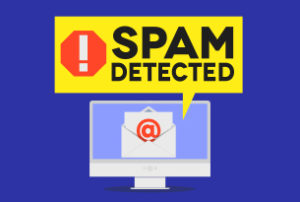Are you involved in your professional association? Or do you run one – either as a director, staff, or volunteer?
If so, you’re probably concerned with one aspect of Social Media: How do you compete with free? (Or perhaps, you’re concerned with a more existential question: Does social media make associations irrelevant?)
Consider the evidence:
- “Community” can easily be found within LinkedIn groups, Twitter conversations, and Facebook… for free.
- Content is available almost anywhere… for free.
- Professional development is readily available through online training provided by vendors.
- Support is easily accessible through Social Media peer-to-peer conversations… free
- Meet-ups and masterminds are making chapter meetings less relevant… again, free.
In other words, Associations must compete, sometimes for the first time, in the marketplace of ideas. If they don’t – and if they don’t do so actively – the future will not look so rosy.
Here are five ways to compete against free:
- Play to your strengths: This means taking advantage of the unique advantages that a social-only competitor doesn’t have; live events, certifications, a full communications portfolio (real and virtual), advocacy programs, etc.
- Develop a more powerful member focus: This means investing in market research to understand who your members and prospective members are. Learning about what both groups want, and improving your service focus to them. Then, moving from a mailing list “e-blast” focus to a wrap-around CRM approach.
- Don’t give up any ground: Too often, a successful social media “competitor” succeeds only because you may have stood by. Move into action by recapturing Twitter, LinkedIn, and Facebook pages from the third parties who have been managing them. Pre-emptively capture domain names and second tier social sites. And form tighter social media partnerships with partners in other jurisdictions.
- Connect live events to social media: This means curating a community that can guide the direction of your live events. Start the Social Media conversation at the event, and then continue it long after. Those who don’t attend will see what they’ve missed, and have additional incentive to attend the next one.
- Inbound marketing and content strategy: Instead of thinking in binary terms of member and non-member, recognize that a person’s level of engagement is really measured in shades of gray. Web content and social interaction must also be measured in the same way. Consider what this means in terms of your content:
- Free content
- Content requiring registration
- Pay-per-view content
- Members-only content
- Members-only pay-per-view content
This week’s action plan: Examine your “free” competitors: who are they, and what are they doing? Then begin the planning process: how precisely will you compete against free?
Author: Randall Craig, Senior Advisor, 108 ideaspace











